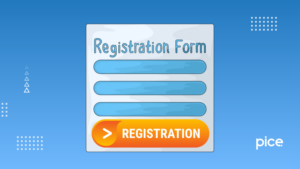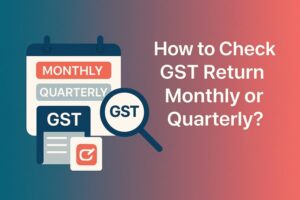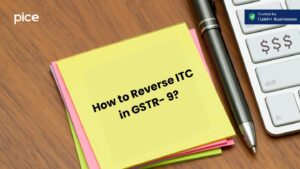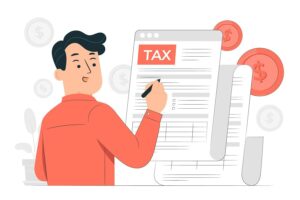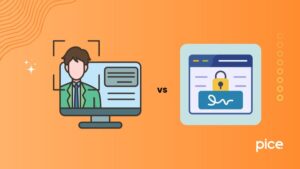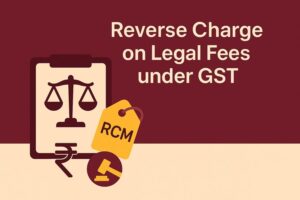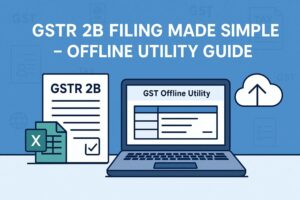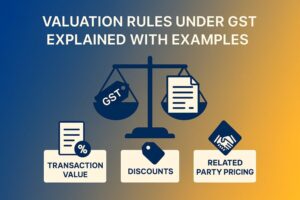What is Self Invoicing Under GST?
- 6 Dec 24
- 8 mins
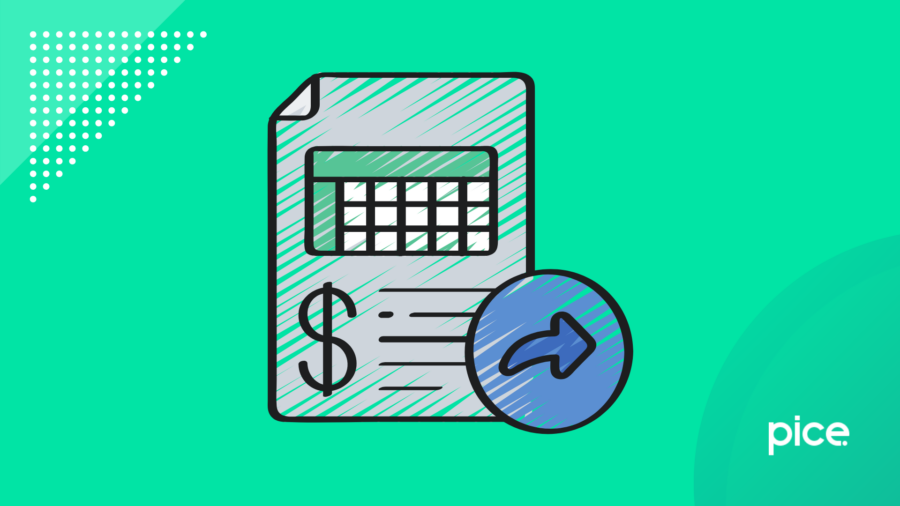
What is Self Invoicing Under GST?
- Who Can Issue a Self-billing Invoice?
- Cases Where Self-invoice Needs to Be Issued
- Self-billing Invoices Under GST
- Contents of a Self-billing Invoice
- Contents of Written Agreement to Issue Self-billing Invoices
- Advantages of Self-Invoicing Under GST
- How to Mitigate Errors in Self-Billing Invoices?
- Time Limit for Issuing Self-billing Invoice and Discharge of Tax Liability
- Availing ITC on Self-billing Invoices and Restrictions
- Consequences of Not Issuing Self-billing Invoice
- Conclusion
Key Takeaways
- Self-billing invoices are issued by customers under RCM for compliance and ITC claims.
- Key details like GSTIN, name, address, and tax particulars must be included.
- Issuance within specified time limits ensures ITC eligibility.
- Written agreements between customer and supplier are mandatory for self-invoicing.
- Non-issuance of self-billing invoices can result in loss of ITC claims.
The purchase of goods and services from an unregistered supplier under the reverse charge mechanism requires the customer to issue a self-billing invoice. The supplier does not need to issue an invoice in such a case. Such invoices further exempt certain suppliers while imposing tax on the import of services.
To understand what is self invoicing under GST, refer to the sections below highlighting who can issue it, the time limit for issuing a self-billing invoice, the content of the invoice and the content of the agreement between the customer and the supplier.
Who Can Issue a Self-billing Invoice?
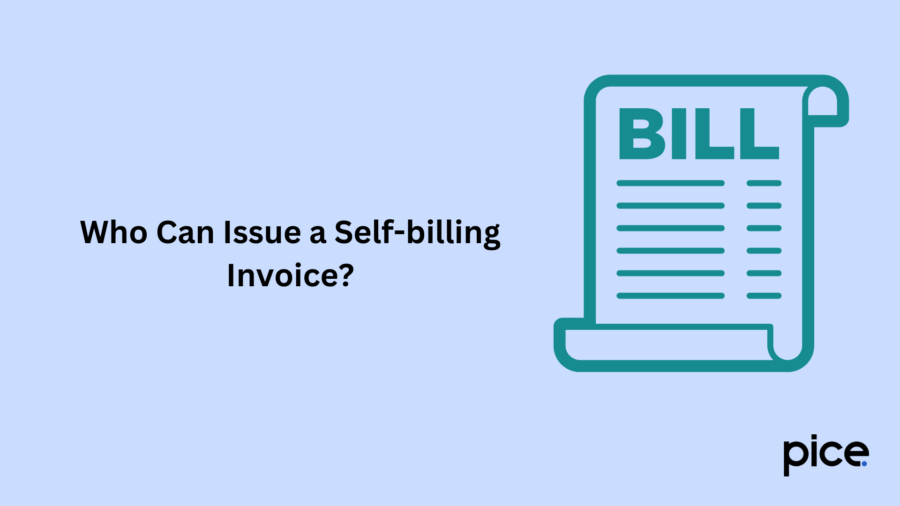
Customers can issue a self-billing invoice upon receiving approval from the Director General. As suppliers cannot estimate the value of supply, customers can issue this type of invoice. However, the customer has to mention the reference number on the self-billed invoice.
Cases Where Self-invoice Needs to Be Issued
When there is a registered person liable to pay tax under the Reverse Charge Mechanism (RCM), he/she needs to issue a self-billing invoice for the goods and services that he/she receives from an unregistered supplier. Notably, the issuance of the invoice should be within the specific time limit as defined under the GST regulations.
There should be an issuance of a payment voucher when the customer makes payment to the supplier. However, if there are purchases from an unregistered person, the recipient can choose to issue a consolidated invoice at the end of a month considering the mentioned conditions on the invoice.
The Section 9 (3) of the CGST Act (central tax) and Section 5 (3) of the IGST Act mention that recipients of supply of goods and services need to pay taxes under the Reverse Charge Mechanism. In addition, Section 9 (4) of the CGST Act and Section 5 (4) of the IGST Act mandate payment of taxes under the Reverse Charge Mechanism for a specific class of persons receiving goods or services from an unregistered supplier.
Self-billing Invoices Under GST
The issuance of self-billing invoices is subject to certain conditions and additional responsibilities as follows:
- Suppliers cannot determine the value of supply at the time of making the supply.
- Both the customer and supplier need to be registered under GST or another supplier that the Director General approves.
- The supplier and the customer should have a written agreement pertaining to the issuance of a self-billing invoice.
Contents of a Self-billing Invoice
Here are the contents of a self-billing invoice:
- The customer should mention ‘self-billed invoice’ at a notable place on the invoice.
- Ensure to mention the invoice serial number and the date of issue of invoice.
- The self-billed invoice should mention GSTIN, name and address of both the customer and the supplier.
- There needs to be a description of the goods, HSN code (for goods), SAC code (for services) quantity, tax rate, cost, discount and taxable value mentioned on the invoice.
- The customer needs to mention the amount payable before and after tax separately in addition to the tax charged.
- Location of supplier such as the state, area code or interstate, as applicable.
Contents of Written Agreement to Issue Self-billing Invoices
The following is the information that a written agreement to issue self-billed invoices should include:
- The supplier and the customer’s name, GSTIN and address.
- Agreements should mention that the customer agrees to issue a self-billed invoice for supplies from a specific supplier for a particular period or a period of 12 months.
- The written agreement needs to mention that the supplier agrees to accept self-billing invoices from the customer.
- Agreements need to specify that the supplier will not issue a GST tax invoice for all the supplies made under the agreement.
- The customer and the supplier should agree to inform each other if anyone loses its GST registration or transfers the business to another party during the agreement period.
Advantages of Self-Invoicing Under GST
Here are the benefits of self-invoicing under GST:
- Increased Efficiency:
As suppliers do not have to prepare this type of invoice, they exhibit reduced responsibilities and compliance burden. The customers preparing self-invoices improves the efficiency of the process.
- Accelerated Payment Process:
The customer makes the payment while sending the invoice to the supplier. As a result, suppliers can avoid receiving delayed payments from customers.
- Increases Accountability:
As customers can handle the invoices independently, they can inform the supplier about the pace of the transactional process and the invoice. This improves the accountability of customers.
- Streamlined Work:
Customers issuing a self-billing invoice will likely include all the necessary details that the supplier needs to know. This streamlines the process of invoicing.
How to Mitigate Errors in Self-Billing Invoices?

There can be several errors that suppliers and customers come across while receiving and issuing self-billing invoices. However, they can mitigate the error in the following ways:
- Ensuring effective communication between suppliers and customers can help maintain transparency
- Double-check the details that are mentioned on the self-billed invoice for business purposes
- Ensure that the proper GST rate is applied to business activities and transactions
- Check the compliance attributes for issuing a self-billed invoice
- Prioritise the audit trail and ensure that all the documents for scrutiny or inspection
Time Limit for Issuing Self-billing Invoice and Discharge of Tax Liability
There are three dates, of which you should consider the earliest as the time limit for issuing a self-billing invoice. Here are the dates you need to consider:
- Date of receipt of goods or the date of payment
- If delivery is awaited or payment is pending, as a customer you can issue a self-billing invoice 30 days after the invoice date for goods and 60 days after the invoice date of services.
- The date of entry in the recipient's account books is considered the time of supply; you can issue a self-billing invoice at the time of supply.
Availing ITC on Self-billing Invoices and Restrictions
As there is no considerable time limit governing ITC availing on self-billed invoices, general provisions apply. Here are the provisions for availing ITC:
- You can avail input tax credit of tax paid under reverse charge basis during the same month and use it to reduce your outward GST liability.
- It can be availed till the due date of filing returns in September of the following financial year.
- The credits are not subject to restrictions or credit terms on availing ITC under Rule 36 (4).
- Under Section 17 (5), Block Credit restrictions apply to availing ITC under the self-invoicing process.
Consequences of Not Issuing Self-billing Invoice
Legal guidelines do not specify any penalty for non-issuance of self-billing invoices. As a result, general penal provisions continue to apply from time to time. However, to claim ITC (input tax credit), you mandatorily need the self-billing invoice. In the absence of the self-billing invoice, you will lose the ITC claims that you can use to offset tax liabilities on outward supplies.
Conclusion
Hopefully, by now you must have a clear understanding of what is self invoice under GST. If you are a customer under the reverse charge mechanism, ensure to issue a self-billed invoice to claim ITC effectively.
Further, ensure that your self-billing invoice mentions the name, GSTIN and address of both the customer and the supplier. This will help you adhere to compliance norms, thereby reducing the compliance burden.
💡If you want to streamline your payment and make GST payments, consider using the PICE App. Explore the PICE App today and take your business to new heights.
 By
By 






